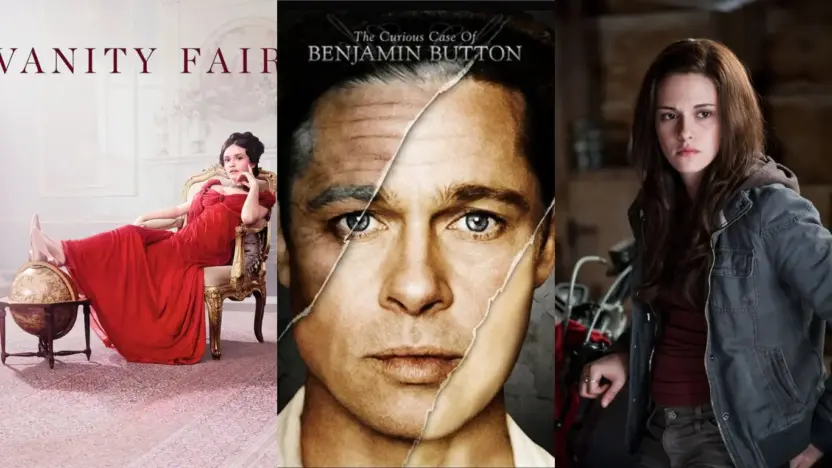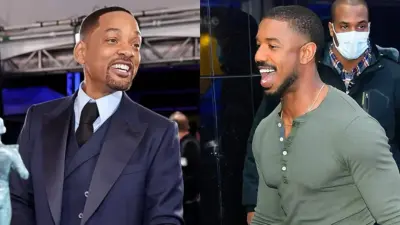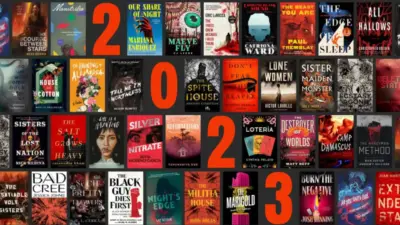In this blog, titled “10 Memorable Characters from Books Whose Names Begin with ‘B’, we will be looking into the fascinating world of characters whose names start with the enchanting letter ‘B’. From the adventurous hobbit in the Shire to the complexities of human nature in a dystopian future, these characters span a variety of genres and eras. They offer us a glimpse into extraordinary worlds, highlighting the creativity and diversity of storytelling. Join us as we uncover the stories and legacies of these iconic characters, each uniquely contributing to the rich tapestry of literature.
10 Memorable characters from Books Whose Names Begin with ‘B’
Bilbo Baggins (The Hobbit)
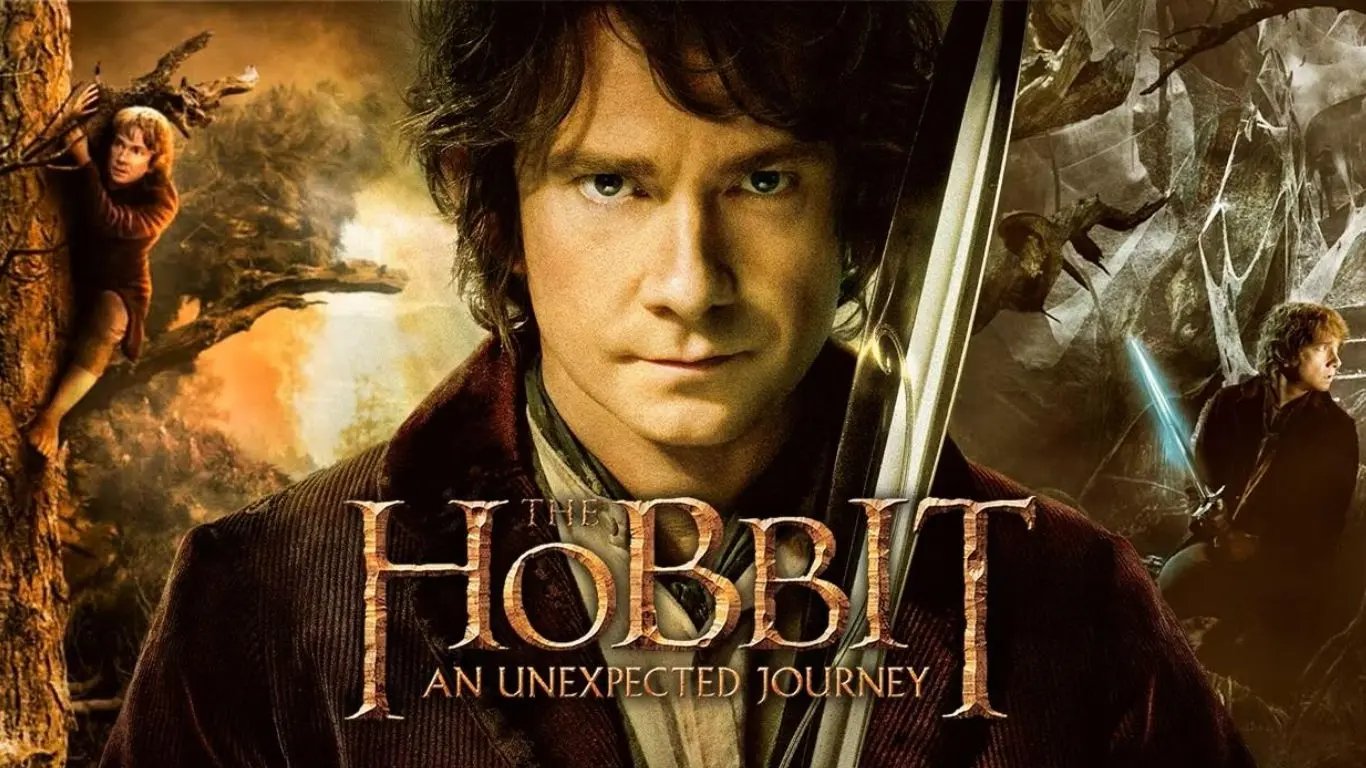
J.R.R. Tolkien’s “The Hobbit” introduces us to the unassuming yet courageous Bilbo Baggins, a hobbit of the Shire who embarks on an unexpected adventure with a group of dwarves. His journey from a timid, comfort-loving hobbit to a resourceful and brave hero is marked by significant events like the encounter with Gollum and the finding of the One Ring. Bilbo’s character symbolizes growth, bravery, and the importance of stepping out of one’s comfort zone.
Big Brother (1984)

George Orwell’s dystopian novel “1984” presents Big Brother as a symbol of totalitarian control and surveillance. Big Brother is the face of the Party’s oppressive regime. He is never seen in person and may not even exist, yet his presence is everywhere. His image, alongside the thought policing and propaganda, instills fear and obedience among the populace. Big Brother represents the extreme invasion of privacy and loss of freedom, serving as a powerful warning against the dangers of totalitarianism.
Baba (The Kite Runner)
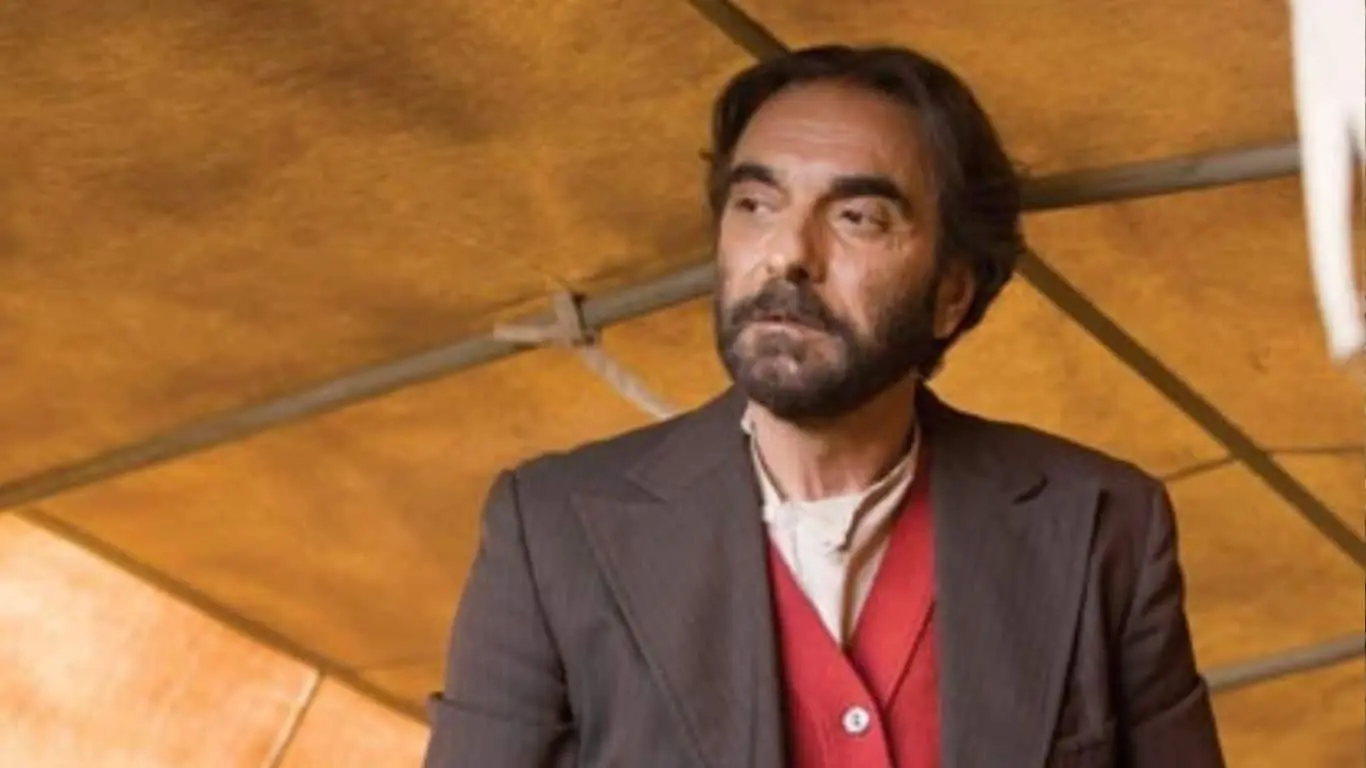
In “The Kite Runner” by Khaled Hosseini, Baba is the father of the protagonist, Amir. A strong, charismatic, and morally complex character, Baba’s actions and beliefs have a profound influence on Amir. He harbors deep secrets and regrets, particularly regarding his relationships with Amir and Hassan. Baba’s character explores themes of honor, guilt, and redemption.
Black Beauty (Black Beauty)
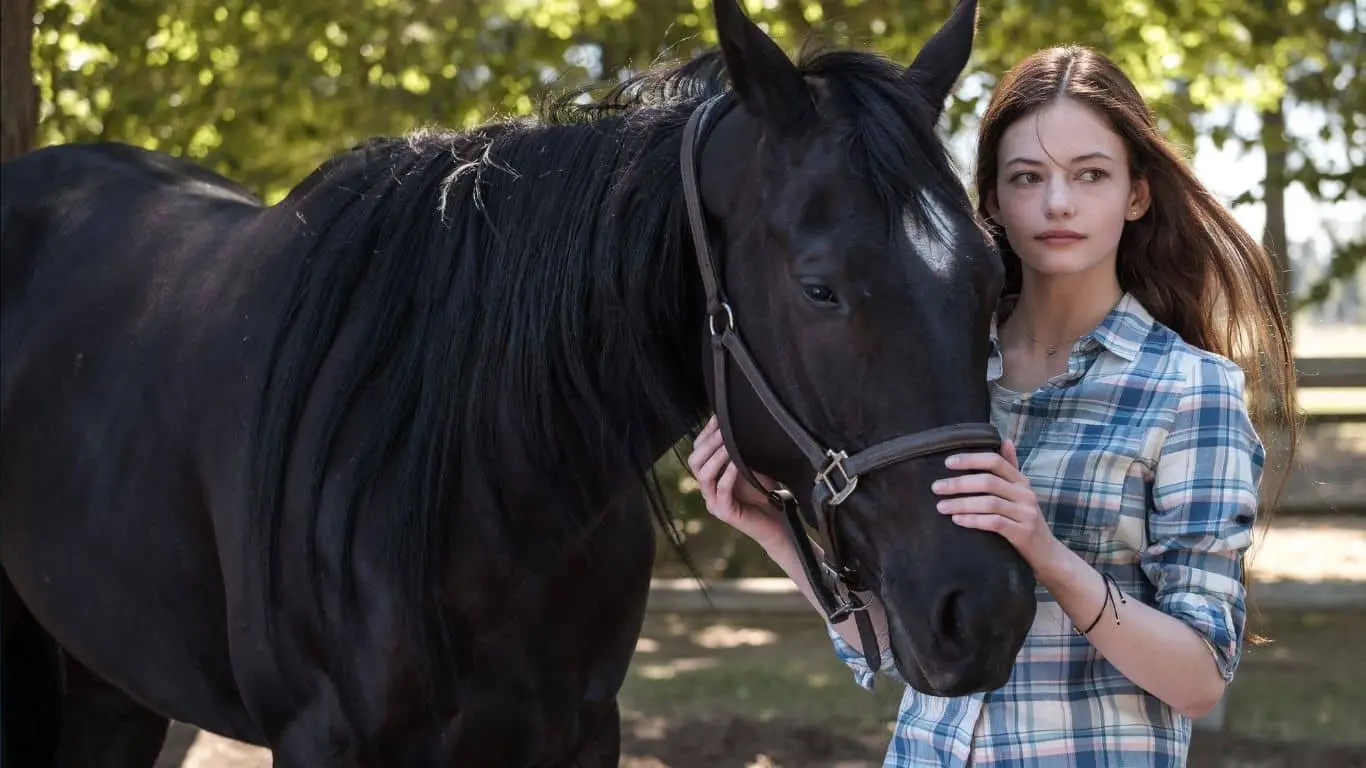
Anna Sewell’s “Black Beauty” is a touching story told from the perspective of a horse. Black Beauty narrates his life from a young colt to an old horse, detailing his experiences with various owners. His story highlights the mistreatment of animals and the need for kindness and empathy towards them. Black Beauty’s gentle nature and resilience make him a timeless character in children’s literature.
Boo Radley (To Kill a Mockingbird)
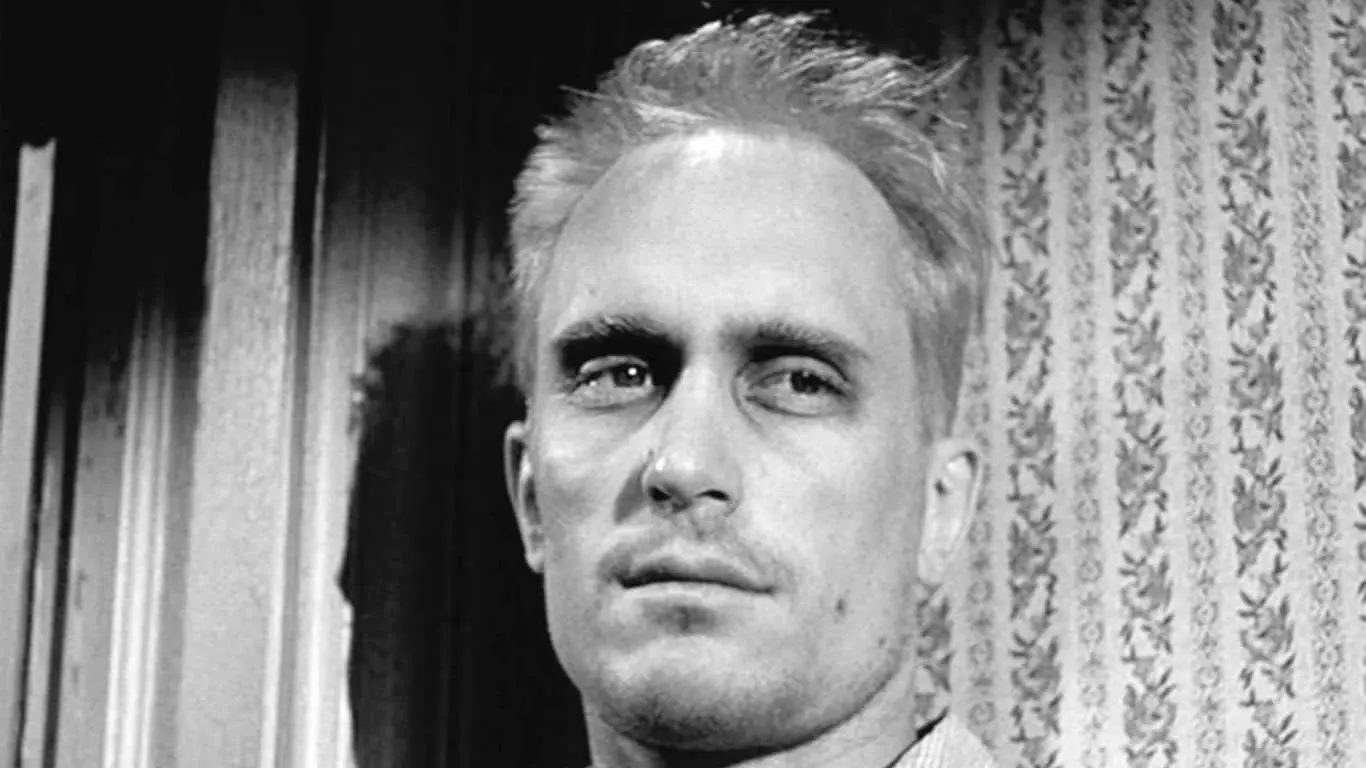
Harper Lee’s “To Kill a Mockingbird” features Boo Radley, a reclusive, mysterious neighbor, and a misunderstood figure. Boo’s backstory and his gradual reveal are central to the novel’s themes of innocence and the judgment of others. His ultimate act of saving Scout and Jem cements his role as a silent guardian angel and challenges the preconceived notions of what is normal or acceptable in society.
Bella Swan (Twilight series)
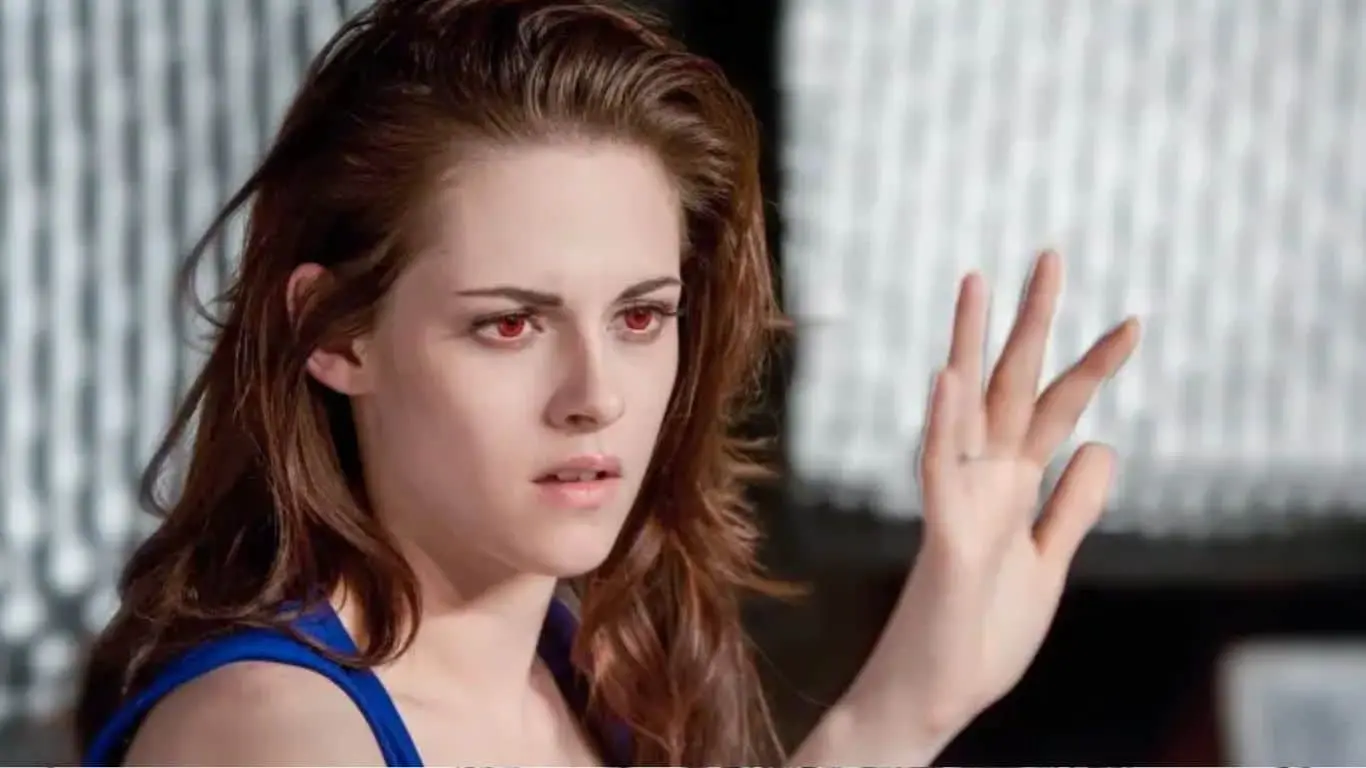
Stephenie Meyer’s Twilight series features Bella Swan, a teenager who finds herself deeply entwined in the supernatural world of vampires and werewolves. Bella’s character arc, from a typical high school student to a powerful vampire, and her tumultuous love story with Edward Cullen, have made her a prominent figure in young adult fiction.
Benjamin Button (The Curious Case of Benjamin Button)
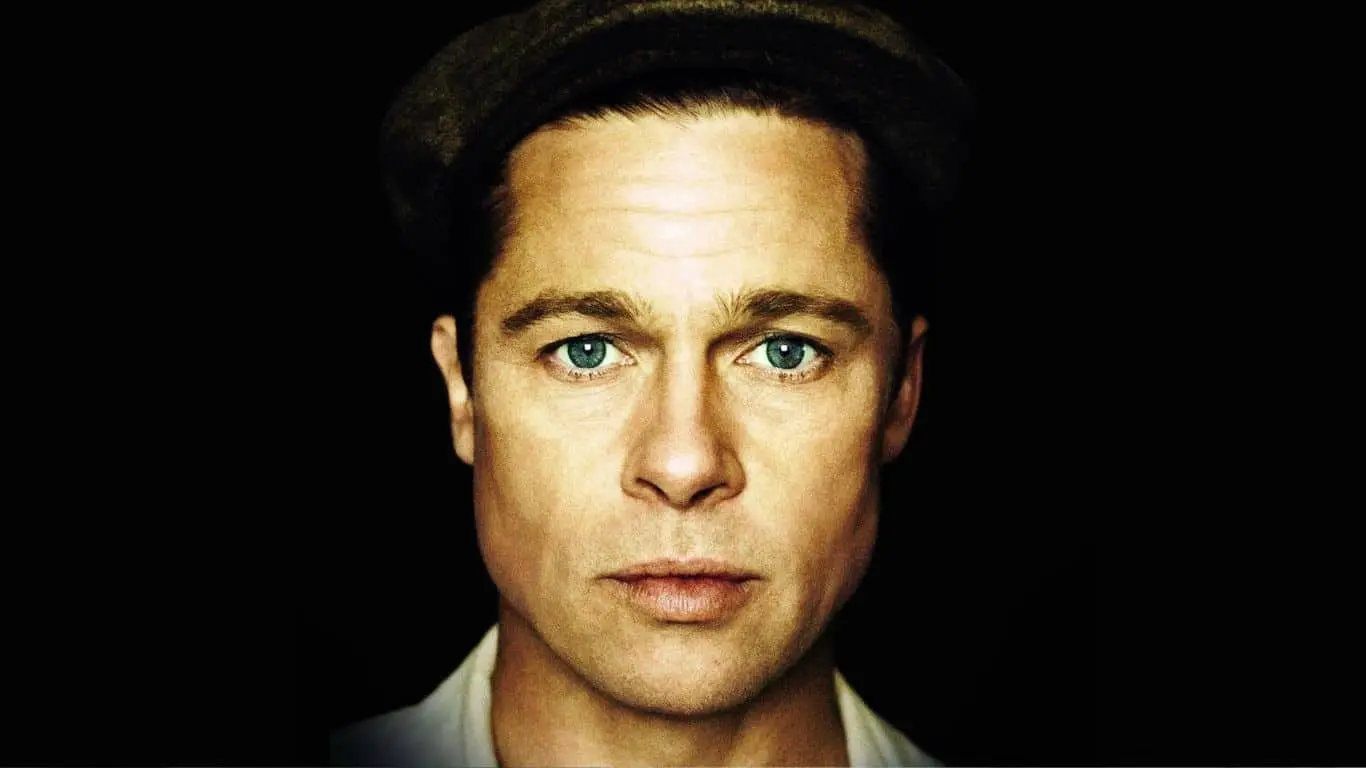
F. Scott Fitzgerald’s “The Curious Case of Benjamin Button” features a protagonist who ages backward. Born as an old man, Benjamin becomes physically younger as the years pass. This peculiar condition offers a unique perspective on life, as Benjamin’s experiences are in stark contrast to the natural human lifecycle. His character challenges the conventional notions of aging and the human experience.
Benvolio (Romeo and Juliet)
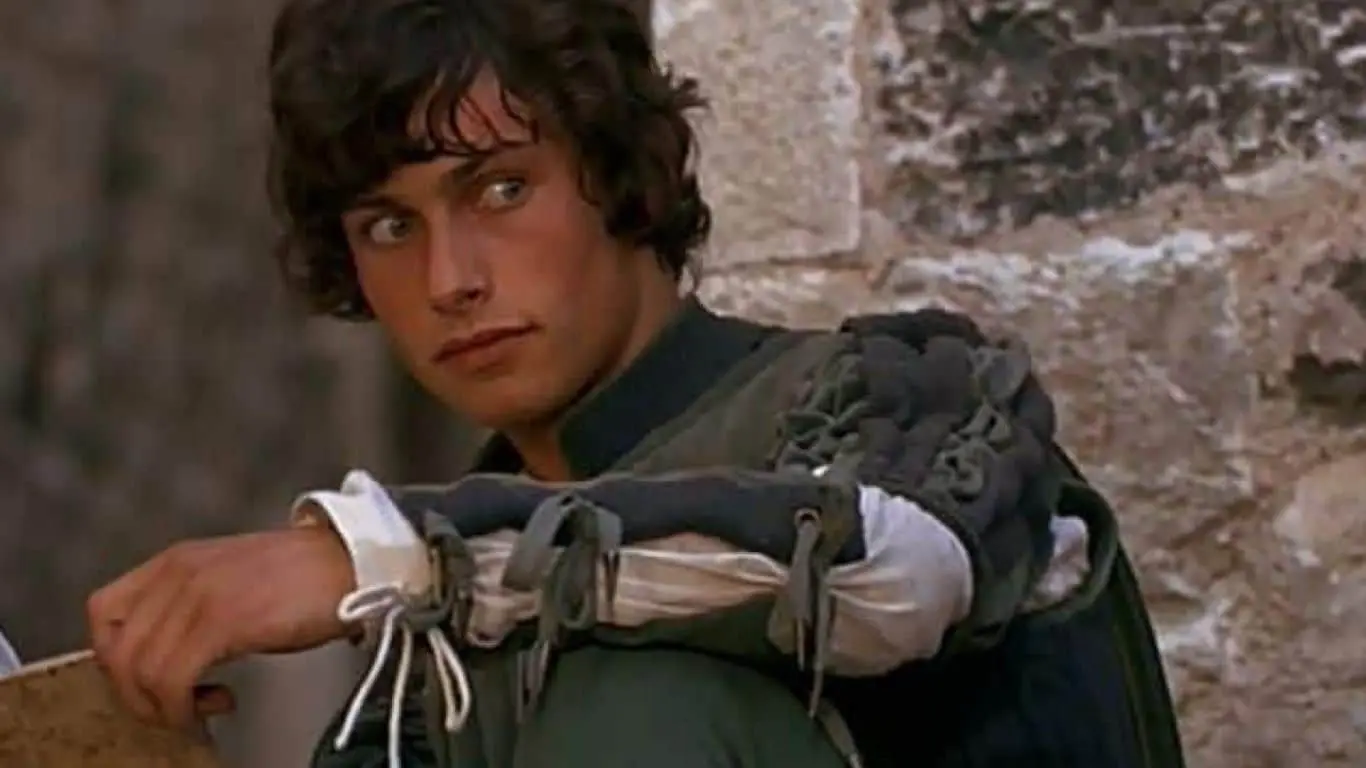
In Shakespeare’s “Romeo and Juliet,” Benvolio, Romeo’s cousin, plays the role of the peacemaker. His efforts to diffuse the tension between the Montagues and Capulets and his loyalty to Romeo render him a significant, though often understated, character in this tragic love story.
Buck (The Call of the Wild)
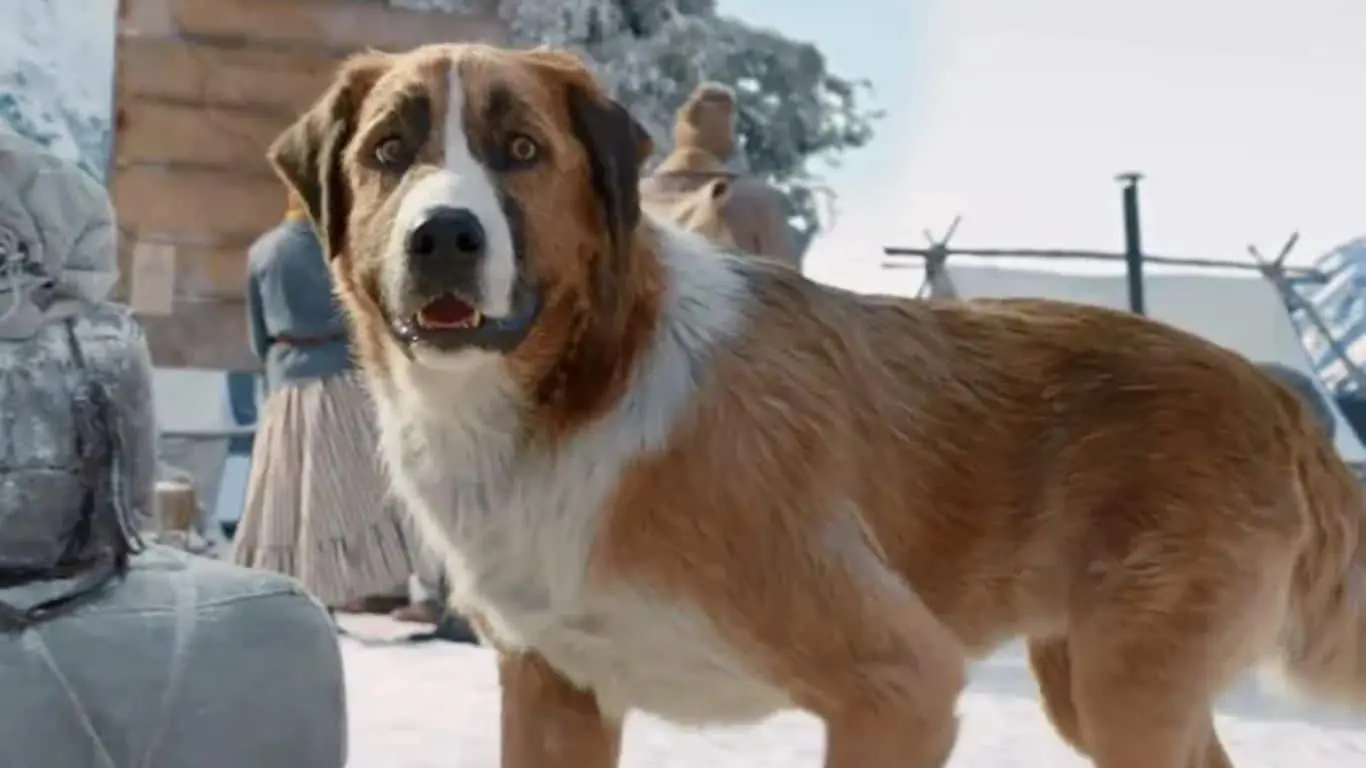
Jack London’s “The Call of the Wild” centers on Buck, a dog stolen from a comfortable life and sold into the brutal existence of an Alaskan sled dog. Buck’s journey of transformation, where he reverts to his primitive instincts to survive, is a powerful exploration of nature versus civilization. Buck embodies the theme of the survival of the fittest and the inherent call of the wild that exists in all creatures.
Becky Sharp (Vanity Fair)
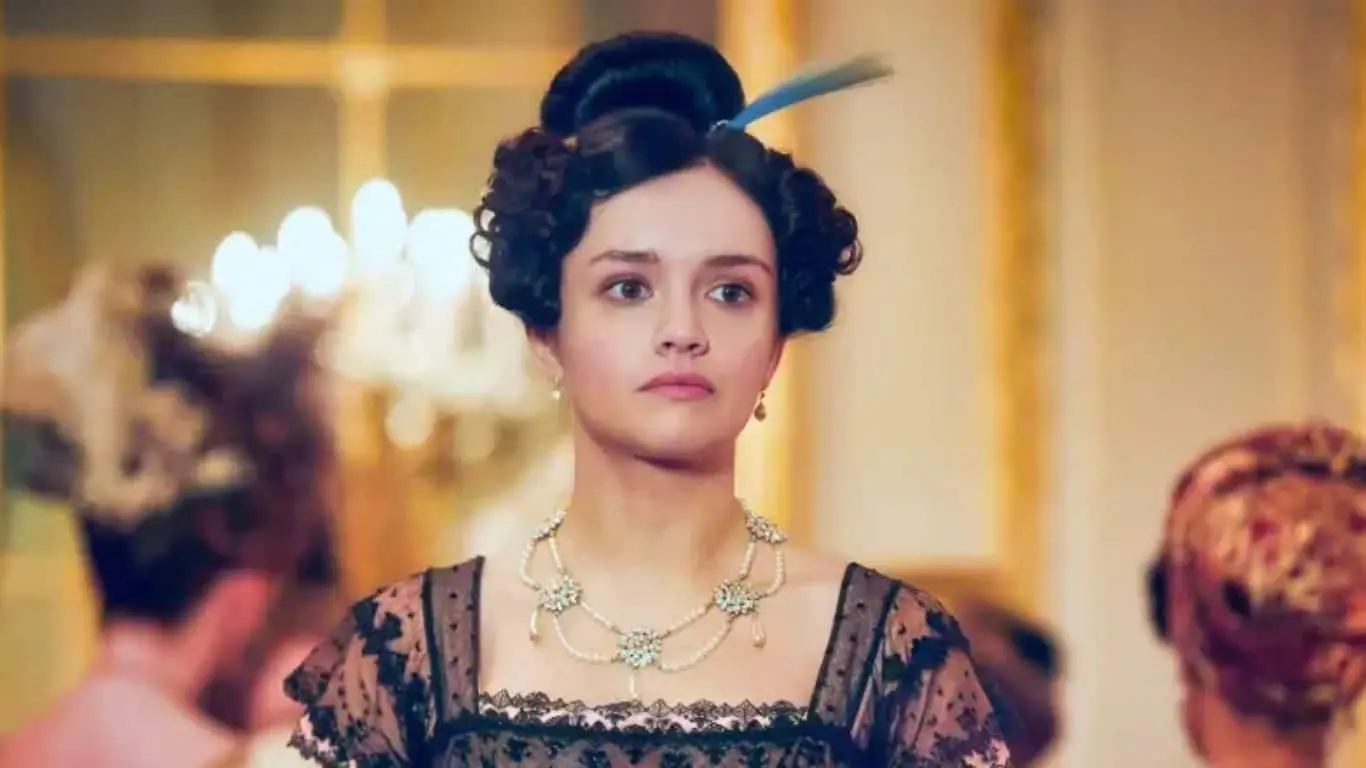
William Makepeace Thackeray’s “Vanity Fair” presents Becky Sharp, an ambitious and often morally ambiguous character. Becky Sharp, the protagonist of William Makepeace Thackeray’s “Vanity Fair,” is a woman determined to rise above her station. Sharp-witted and manipulative, she navigates the complex social hierarchies of Victorian England. Becky’s character is a study in contrasts, as she is both the heroine and the anti-heroine of the story, challenging the norms and expectations of women during that era.
Also Read: 10 Memorable characters from Books Whose Names Begin with ‘A’
